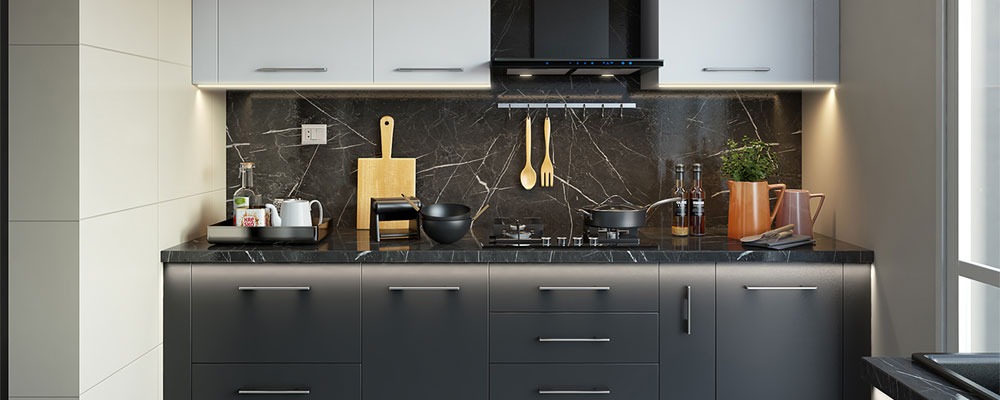
For many years, kitchen cabinets have been a focal point of any kitchen, fulfilling both practical and decorative functions. This article examines how kitchen cabinets have changed over time, from their traditional beginnings to the contemporary styles we see today, emphasising the advancements that have enhanced both their usefulness and beauty.
Early 20th-century kitchen cabinets were heavily impacted by the movement known as Arts and Crafts, which placed an emphasis on natural materials, handcrafted quality, and straightforward yet sophisticated designs. During this time period, solid wood, like oak, walnut, or cherry, was frequently used to create traditional kitchen cabinets that highlighted the inherent beauty of the wood grain. The elaborate details on these cabinets, such as the raised panel doors, elaborate mouldings, and ornamental hardware, contributed to their classic appeal.
Practicality was a priority in the design of the classic kitchen cabinet style. With their robust construction and generous storage capacity for kitchenware, dishes, and pantry supplies, cabinets were made to last. During this period, kitchens were usually more enclosed, for example with HPL kitchen cabinets in Dubai is made to be as storage-efficient as possible without sacrificing cosiness or warmth.
Due to the post-war boom as well as a desire for modernity, kitchen design underwent significant changes in the middle of the 20th century. The 1950s and 1960s saw the rise of the mid-century modern design movement, which eschewed the elaborate details found in conventional cabinets in favour of clean, straightforward lines and an emphasis on practicality.
This era's kitchen cabinets were frequently distinguished by their flat-front doors, simple hardware, and innovative use of metal and laminate. Bold, vivid hues were added to the colour palette, reflecting the era's optimism. As open floor plans gained popularity, kitchen layouts also started to shift.
Innovations like modular cabinets, that could be arranged in different ways to accommodate different kitchen layouts, were also brought about by the mid-century modern movement. Because of the design's adaptability, homeowners were able to create unique storage solutions that suited their needs.
The design of kitchen cabinets continued to change as the 20th and 21st centuries went on, adopting modern aesthetics that prioritised simplicity, clean lines, and cutting-edge materials. With an emphasis on designing sleek, clutter-free areas that are both practical and aesthetically beautiful, modern kitchen cabinets are very different from their traditional predecessors.
Larger compartments and doors are made possible by the frameless construction of contemporary HPL kitchen cabinets in Dubai, which does away with the requirement for a face frame. This design decision improves the cabinets' overall appearance while also adding more storage space. Because they offer a smooth and silent user experience, soft-close rests and drawer slides are now commonplace.